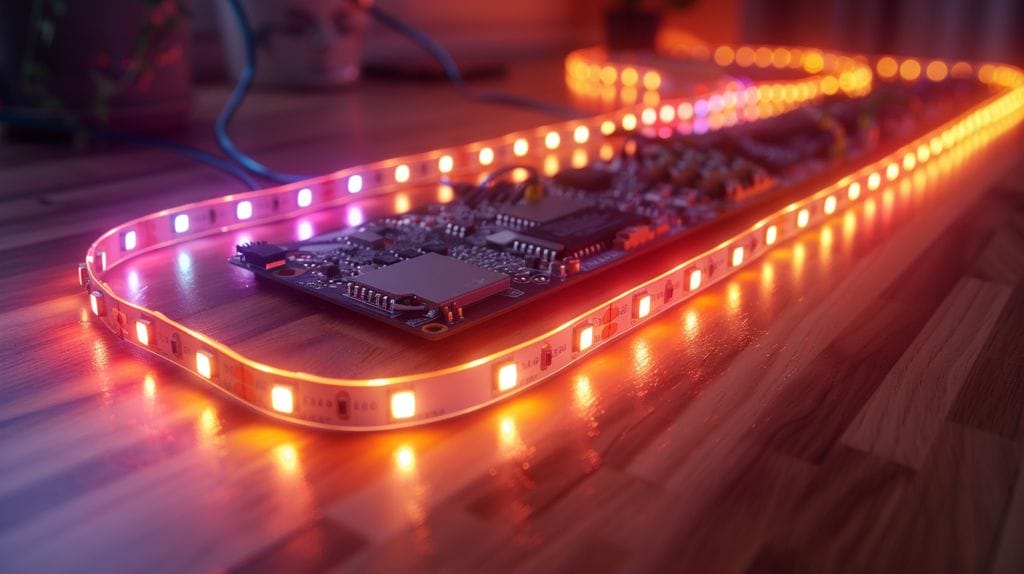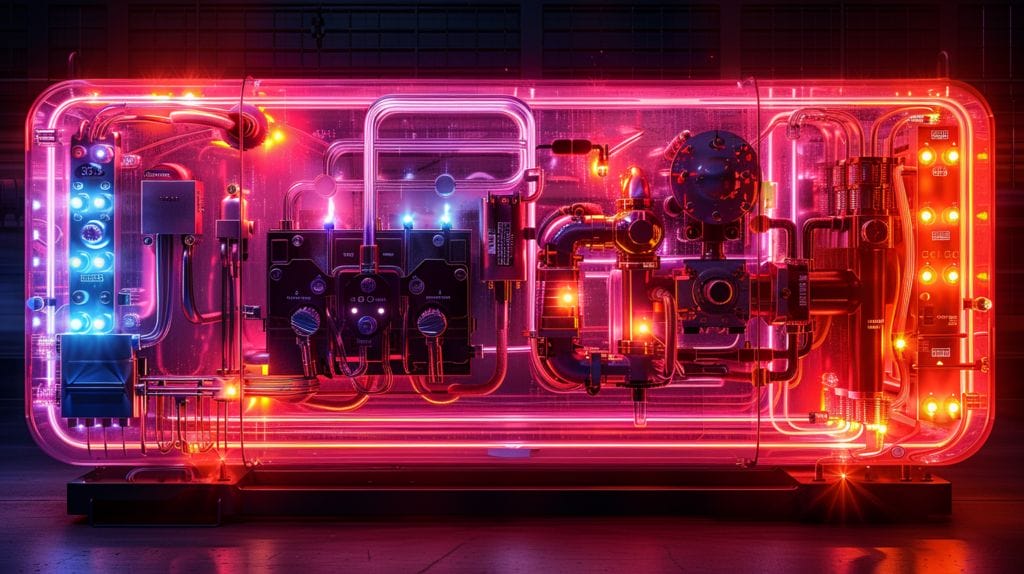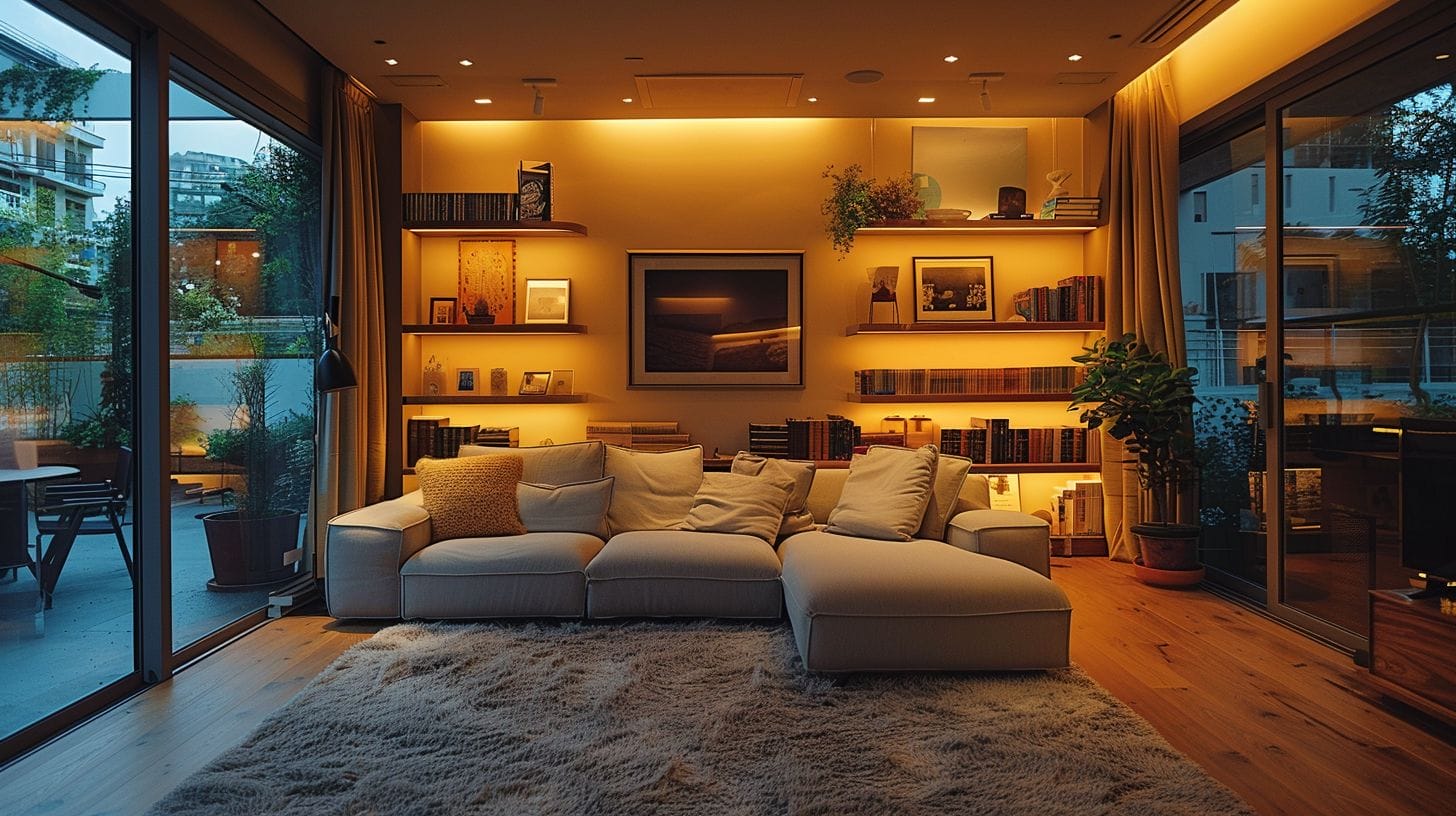Wiring Diagram LED Lights: Mastering LED Light Installation
In the intricate dance of LED light installation, each wire is a conductor leading to a symphony of illumination. As we unravel the complexities of wiring diagrams for LED lights, we uncover a world where precision meets creativity.
From the mesmerizing glow of strip lights to the enchanting hues of RGB strips, the potential for transforming spaces is boundless. Join us in our Wiring Diagram LED Lights guide as we navigate the pathways of LED light installation, mastering the art of creating captivating environments with just a flick of a switch.
Key Takeaways
- Understanding voltage, power, and wire selection optimizes LED light performance.
- Proper installation techniques prevent issues like voltage drop and power supply overload, crucial in LED connections where multiple lights require accurate wiring.
- Utilizing controllers and drivers enhances control and longevity of LED lights.
- Troubleshooting skills are essential for maintaining effective LED lighting systems.
Understanding the Basics of LED Lights Wiring Diagram

Dive into the fundamentals of LED light wiring diagrams and electrical circuits to grasp how these circuits operate. LEDs, or light-emitting diodes, are at the heart of modern lighting systems. Understanding the basics of electrical principles is crucial when wiring LEDs.
Voltage, the force driving the flow of electricity through the LEDs, plays a significant role in an LED lighting system. Power output affects the brightness and efficiency of the LEDs, and the wire used in LED circuits is vital for transmitting current effectively. By mastering these basics, you can enhance the performance and longevity of your LED installations.
A Comprehensive Guide to Wiring LED Strip Lights

Choosing the appropriate LED strip is crucial, as brightness is determined by the number of LEDs per meter. To control brightness and create different lighting moods, consider using a dimmer compatible with LED strips. Ensure the power source you select matches the requirements of your LED strip to avoid damage or flickering.
Voltage drop can occur in long LED strip installations, affecting the brightness and performance of the lights. To mitigate this, use the correct wire gauge for the length of the installation and the power requirements of the LED strip.
Mastering the Installation of Multiple LED Lights in a String

To achieve optimal performance when installing multiple LED lights in a string, understanding the significance of wattage is essential. Here are some considerations:
- Calculate the Total Wattage: Ensure it doesn’t exceed the power supply’s capacity.
- Utilize Series Circuit: Ensures consistent current flow and prevents voltage drop issues.
- Dimmable LED Compatibility: Ensure the dimmer switch is compatible with the LED lights.
- Address Voltage Drop: Use proper wire gauges and keep the total length of wire as short as possible to manage output voltage effectively.
Special Considerations for Cabinet Lighting and RGB LED Strips

When considering DIY installation of cabinet lighting, voltage drop is a crucial factor. To mitigate voltage drop, calculate the total current draw and choose the appropriate wire gauge for your setup.
Integrating RGB LED strips can add a vibrant touch to your space, but understanding the influence of voltage and current on these strips is key, including knowledge on the number of LEDs and how to properly connect the positive of the first LED. Ensure the power supply voltage matches the requirements of the strip.
Additionally, incorporating an RGBW system expands the color options available by adding white LEDs to the mix, increasing the total number of LED lights in use. This enables a broader range of hues and pastel shades that can elevate the ambiance of any room.
Can I Use the Wiring Diagram for LED Lights to Build a Blinking LED Circuit?
Yes, you can use the wiring diagram for LED lights as a starting point for building a blinking circuit. By following the diagram and making necessary adjustments, you can create a circuit that controls the blinking pattern of the LED lights.
Advanced Topics in LED Lights Wiring: From Installation to Maintenance

When enhancing your LED lighting setup, delving into advanced topics in wiring from installation to maintenance becomes essential. Here are some key aspects to consider:
- Controller Integration: Allows for dynamic control of your LED lights.
- Proper Wire Gauge Selection: Prevents voltage drop and ensures efficient power delivery.
- Constant Current Driver Implementation: Helps maintain a steady flow of power to your LEDs, ensuring the desired number of LED lights function optimally.
- Troubleshooting Techniques: Helps quickly identify and resolve common LED lighting issues, offering tips for wiring LED lights efficiently.
Conclusion
In conclusion, mastering the wiring diagram for LED lights is essential for successful installation and maintenance. Understanding the basics, proper installation techniques, and special considerations for different types of LED lights will ensure a well-lit and aesthetically pleasing space.
By following the guidelines outlined in this article, you can confidently tackle any LED light installation project with ease. So go ahead, light up your space and enjoy the benefits of energy-efficient and customizable LED lighting!
Frequently Asked Questions
What are LED lights and how do they work?
LED lights are light-emitting diodes that produce light when an electrical current passes through them. They work by converting electrical energy into light, making them energy-efficient lighting options and highlighting their utility in single LED applications or when a specific number of LED lights are used.
What is the importance of understanding voltage when installing LED lights?
Understanding voltage is crucial when installing LED lights to ensure they receive the correct power supply. LED lights typically operate on either 12v or 24v, so it is essential to match the voltage of the power supply to the requirements of the LEDs; this understanding of LED voltage is important to use effectively.
Can I connect LED lights in parallel?
Yes, LED lights can be connected in parallel, which does not daunt those familiar with proper LED connections and electrical circuits. This allows each LED to receive the same voltage and helps maintain consistent brightness across all connected LEDs.
What is PWM dimming and how does it affect LED lights?
PWM (Pulse Width Modulation) dimming is a technique used to control the brightness of LED lights by adjusting the duty cycle of the electrical pulses. This method is commonly used to dim LED lights without affecting their color temperature.
How do I wire LED lights in a series circuit?
To wire LED lights in a series circuit, you need to connect the positive terminal of one LED to the negative terminal of the next LED. This creates a continuous loop of LEDs that share the same current.






